- PRODUCTS
- SERVICES
- HARDWARE & IT
- LEARNING & DEVELOPMENT
- CADFEM INFORMS
CADFEM INFORMS OVERVIEW
- ABOUT US

Model-Based Design & Development for Embedded Safety-Critical Applications is a methodology leveraging graphical models to design, simulate, and verify embedded system’s behavior. It ensures safety and reliability in industries like aerospace and automotive. Engineers create models representing system architecture, behavior, and requirements, then generate code for the target platform automatically. This approach enhances productivity, reduce errors, and ensures compliance with safety standards such as ISO 26262. By integrating models throughout the development lifecycle, it facilitates rapid prototyping, testing, and validation, certified auto code, ultimately delivering robust, efficient, and compliant embedded systems.
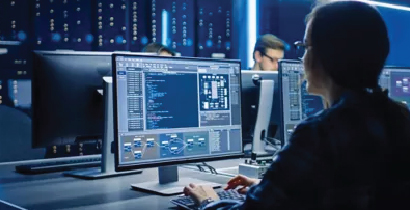
Architecting software solutions for a safety-critical systems with seamless Integration.
We are providing solutions for a safety-critical Architectural development, it can be includes Graphical modelling, Hierarchical modelling, Formal verification, Requirements traceability. Graphical modelling designs system architecture using intuitive block diagrams and making it easier to visualize and understand the system’s structure and behavior. Hierarchical Modeling designs hierarchical models with multiple levels of abstraction, enabling them to break down complex systems into manageable subsystems and components. This promotes modularity, reusability and scalability in system design.
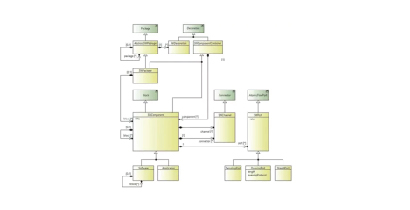
Revolutionizing Development of models with Auto Code generation.
We are providing solutions for Model-based development with auto code generation. Above approach used in the development of embedded system where models, typically graphical, are used to design and simulate the system’s behavior and functionality. Auto code generation, also Known as automatic code generation or model-based code generation, is a process where source code for the embedded system is automatically generated from the models. This eliminates the need for manual coding, reducing the potential for errors and speeding up the development process.
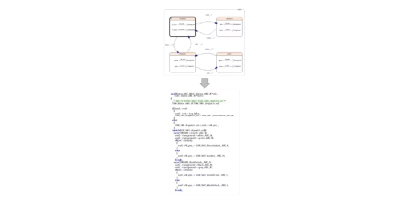
Development of Intuitive HMI display’s for seamless Integration.
We are providing solutions for Human-Machine Interface (HMI) development for safety-critical applications. HMI development includes designing and implementing graphical user interfaces (GUUs that facilitates interaction between users and safety-critical systems in industries such as aerospace, automotive, medical devices, and industrial automation. In safety-critical applications, HMI’s play a crucial role in providing operators with real-time information, alerts, and control to ensure safe and effective operation of the system. Key considerations involved in the graphical modelling [Safety and Reliability, Usability and Ergonomics, Information presentation, Alarm management, Compliance with standards].
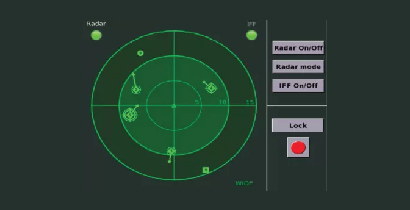
Ensuring Robustness of Models through model based testing.
We are providing solutions for Model-based Testing of a safety-critical applications. It is an approach to testing that leverages models of the system under test to design, automate, and execute test cases. In safety-critical industries such as aerospace, automotive, medical devices, and industrial automation, where system reliability and safety are paramount, Model Based Testing several advantages over traditional testing methods. Key aspects involved in Model Based Testing [Modelling, Test case design, Automation, Coverage analysis, Traceability, Regression testing].
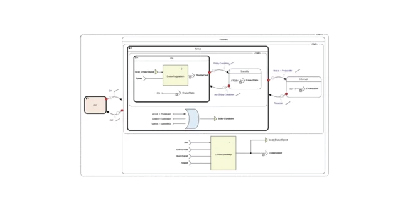
Ensuring traceability from models to requirements with seamless implementation.
We are providing solutions for Safety-critical embedded design & development in compliance with all safety standards with traceability of all software safety requirements.
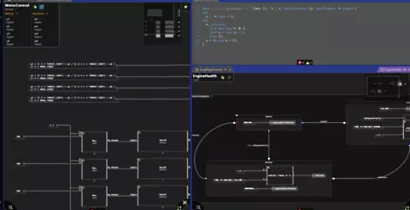
Ensuring compliance for Enhanced system Integrity.
Code compliance with ISO 26262[Automotive], DO-178, DO-254[Aerospace], EN50128 [Railway applications]






